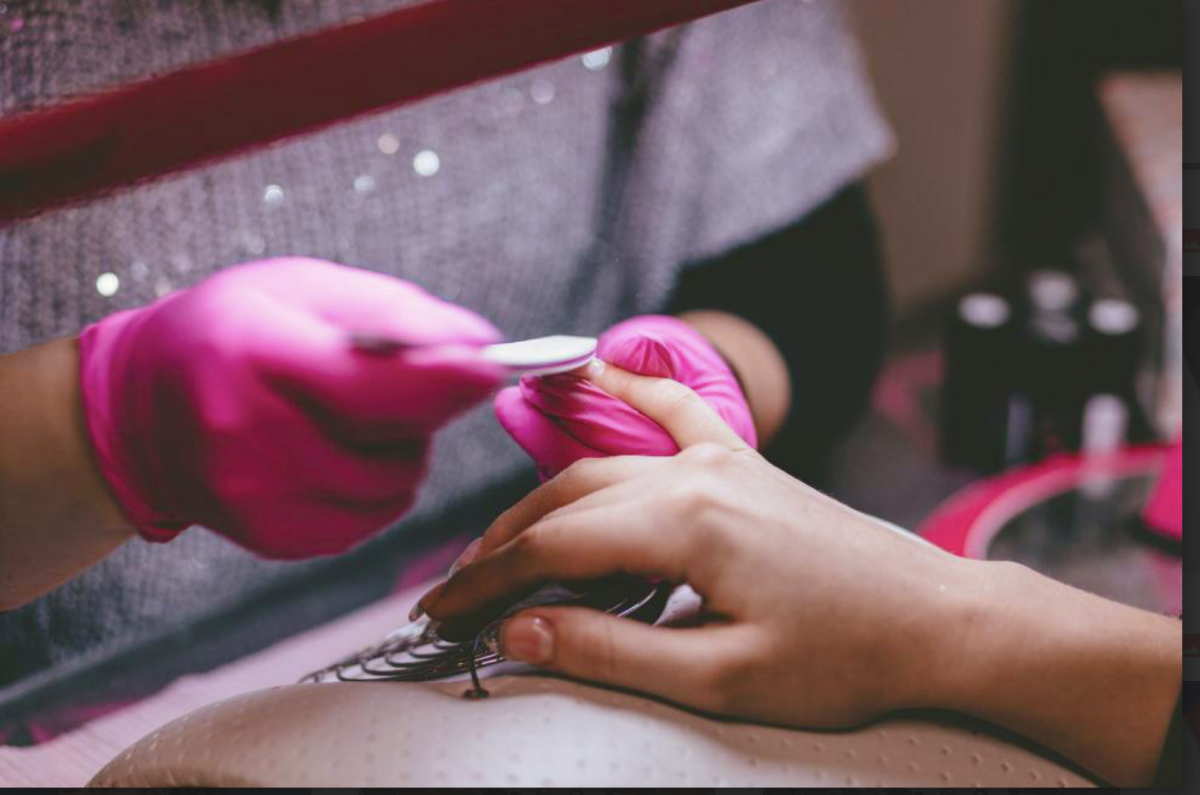
Freedrange.
EU clarifies misconceptions regarding ban on chemical in gel nail polish.
On Sept. 1, the European Union (EU) banned a crucial ingredient used in cosmetics. Trimethylbenzoyl diphenylphosphine oxide, otherwise known as TPO, was described to be a “reproductive toxicant” according to European regulators.
According to the European Commission, “Under the European ban, TPO-containing products should no longer be sold, supplied or used. Any TPO-containing products still in stock should be withdrawn from the market, and new products containing TPO cannot be placed on the market.”
TPO is a chemical used to help nail polish set under ultraviolet (UV) light so it dries. The molecule soaks up UV light and creates a reaction, otherwise known as a photoinitiator. Mainly, TPO is used in gel nail polish, but it can also be used in inks and sealants. Consumers and salon workers are at a high risk of being exposed to this toxic chemical.
Gel nail products are more likely to contain TPO, and are well-liked because they are very manageable. Gel products last longer, are harder in texture and dry quicker than regular nail polishes. Products that contain TPO are mainly used in salons, because a UV light is necessary to cure the nail polish.
According to David Andrews, the Acting Chief Science Officer at the nonprofit Environmental Working Group, a nonprofit consumer advocacy group, “The EU has banned the use of TPO both at home and professionally due to reproductive toxicity concerns identified in animal studies,” he said.
Researchers conducted a study on rats, concluding that using TPO showed poor reproductive results for males. The rats were fed large doses of TPO, more than what people would be subject to when getting their nails done.
According to Michelle Wong, “Realistically, humans are not ingesting the chemical when they put on nail polish, not even by accident.” However, out of precaution, the EU bans all chemicals that can potentially cause cancer, damage the DNA or affect reproduction.
According to the Washington Post, “Some headlines have caused unnecessary worry by calling this a ‘ban on gel polish,’ but that’s simply not true, consumers and professionals can be reassured: gel polish products remain fully available and legally marketable in the EU, provided they are formulated with approved alternatives.”
In regards to alternatives, there are many other safe options instead of using gel polish with TPO. Depending on the country and region, regulation of chemicals within cosmetic products is handled differently. In the United Kingdom for example, similar restrictions are expected to be put in place later next year.
A U.S. ban on TPO is unlikely because cosmetic products, besides color additives, do not require approval from the U.S Food and Drug Administration.
However, states could put a ban on the toxic ingredient if studies show that it will put a person at an extreme risk.
“It’s against the law to use an ingredient that makes a cosmetic harmful when used as intended. Cosmetic manufacturers have a legal responsibility for the safety and labeling of their products,” U.S. Department of Health and Human Services spokesperson Andrew Nixon said.
“I wouldn’t be surprised if we see state-level activity,” Kelly Dobos, an adjunct instructor and cosmetic chemist said. “There have been a lot of state-level ingredient bans in recent years.” In 2023, California banned the use of 26 chemicals. For example, the chemical was in several soaps, nail polishes and hair products. Due to the difference in opinions between the EU and the U.S., it is unclear whether the U.S will try to remove TPO in their products, or whether they will keep it in the market.